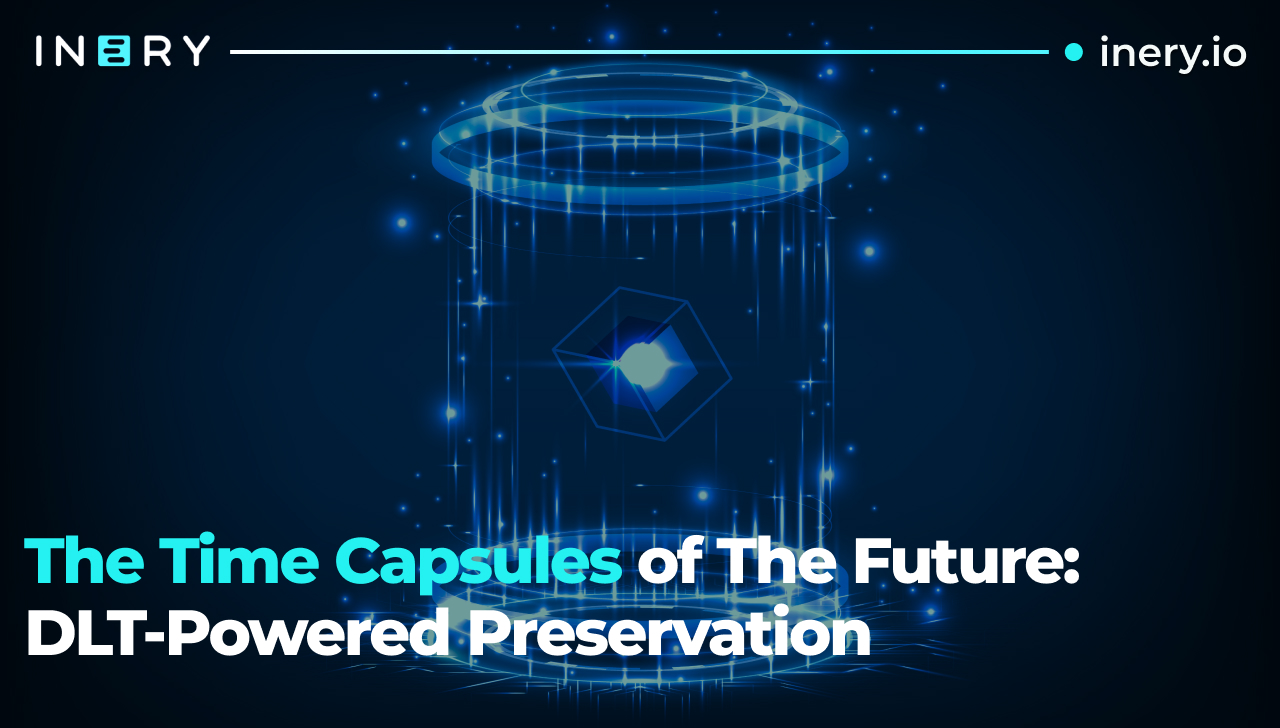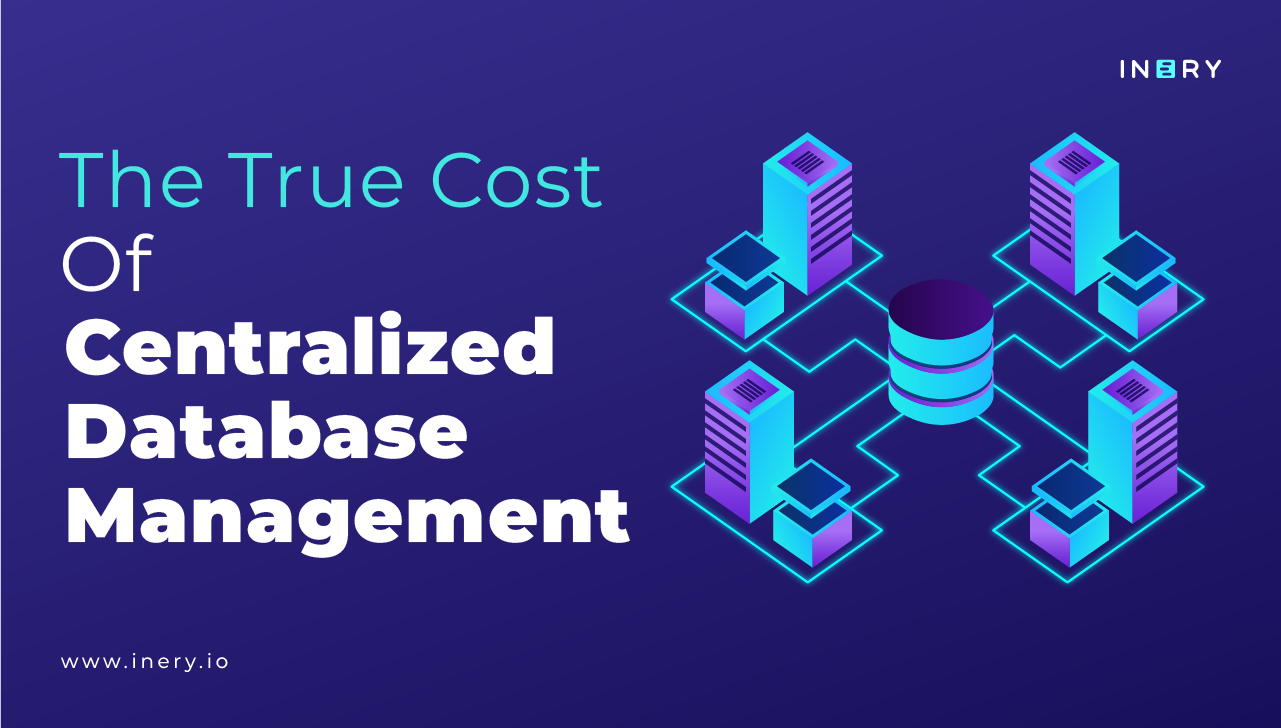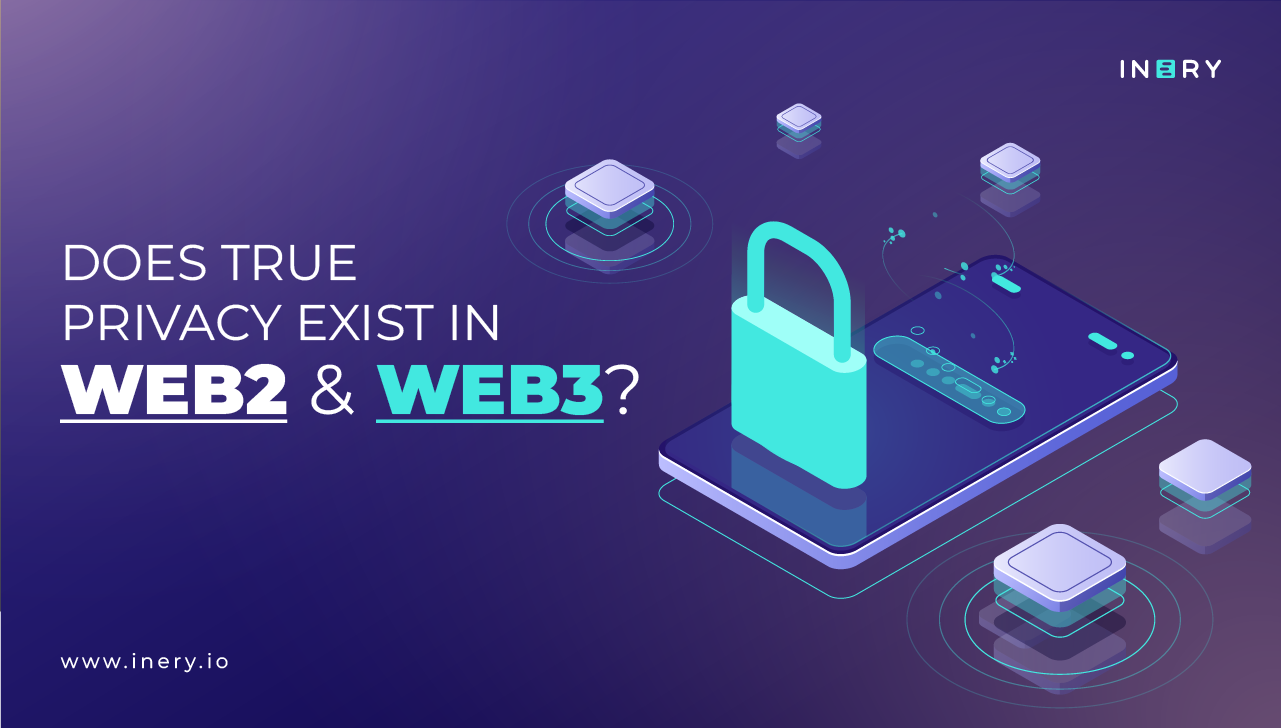Privacy is a problematic notion in a world shaped by data. Data is currency for participating in a digital society, yet the average person has no agency over its use. You have to stake parts of your digital identity to enjoy web products and services. However, very little of this identity is truly off the table, while everything else enters a system rife with data theft, monitoring, and misuse.
In the current Web2 paradigm, institutions offer a measure of data privacy through security software, privacy policies, and regulation. But given the frequency of intrusive personalized ads and scandals like the Cambridge Analytica affair, it’s clear that these solutions aren’t enough. Massive companies like Google and Facebook are ultimately in charge of your data, and they repeatedly break the trust that entails.
The idea of Web3 has such broad appeal for exactly this reason. It solves the glaring issue of central authorities that handle our data irresponsibly, replacing it with true data ownership. In Web3, you have a say in how your information is used.
But Web3 isn’t a perfect system, either. Your digital identity can still be exposed and used maliciously—just in different ways. This raises an interesting question: is there such a thing as true privacy, both in Web2 and Web3? Also, are Web3 solutions for privacy better than those proposed by Web2?
Web2’s Big-Brother Idea of Privacy
The concept for Web2 (or, at least, the elevator pitch version) is to offer users quick engagement with others and allow content creation. It does so through vast, centralized platforms that provide easy end-user communication and uploading of content (e.g., social media platforms).
To ensure high-quality services, Web2 businesses need to store user data on servers. They may use it to analyze customer needs or improve customer engagement, usually for marketing purposes. But the trouble begins when we realize which data these companies use and where it goes.
Most Web2 sites have T&C and Privacy Policy pages that outline how they supposedly use personal information. However, some companies’ policies give them leeway to take more than they reasonably need. TikTok is a terrific (or terrible) example: it accesses information in calendars, hard drives (even external ones), user contact lists, and it even tracks device—read: your—location.
As for sharing your data, companies often sell it to third parties. Though insurance firms, financial service providers, and many more get in on the action – marketing and advertising agencies are the most common buyers. This is why you keep seeing strangely specific embedded ads in your apps: marketers are hyper-targeting you with personalized ads formed from sold/shared data.
Thankfully, some regulation keeps this practice from going too far. Legislation such as the GDPR forbids sharing data like medical records or banking credentials, so that info is unlikely to change hands. However, companies are free to sell browser history, online shopping behavior, cookie data, social media posts, and the like.
All the same, the customer has no way to remain completely private. Your consent to share data is already given by virtue of using a company’s services. Other times, the company doesn't even care about your consent.
Low Security, High Stakes
All the data Web2 companies pluck from users are stored in centralized databases. A centralized setup creates a single, massive point of failure. The risks therein are painfully clear, even with firewalls in place. For instance, hackers can bypass security measures and steal from databases or generally disrupt them. That would have a cascading effect on the entire company’s value chain all the way to the end user. Moreover, the consequences of inside jobs or human error are far greater in centralized databases.
This is why data breaches of Web2 businesses—data hoarders with centralized weak points—are so disastrous. The Yahoo data breach roughly a decade ago, which exposed the data of 3 billion users, is still talked about today.
The verdict is in: we need a new model for database management.
Web3: Democratizing Data
Decentralization is one of Web3’s main selling points. The blockchain distributes data across all nodes in the system, rather than storing it in a single hub. As such, it facilitates peer-to-peer transactions without needing a third-party authority to greenlight every activity on the network.
In this scenario, a platform like Facebook wouldn’t be needed to send messages; every user would be a little Facebook in their own right. Intermediaries, and the invasion of data privacy they commit, are essentially removed from the equation. Therefore, in Web3, the user has direct control over what data they wish to share and with whom. Beyond improved data security, decentralization empowers users to control the fate of their information.
Where Web3 Data Privacy Falls Short
The blockchain solves a gigantic problem that plagues data privacy today. However, true privacy has obstacles in Web3, too. The problems mainly stem from immutability and transparency, two key characteristics of distributed ledger technology.
All data on the blockchain is immutable, i.e., it cannot be tampered with or deleted. That offers benefits like network integrity and safety from hacking. However, immutable data becomes problematic in situations where data should be deleted. The right to be forgotten, as outlined in the GDPR, is a good example, wherein users have the right to request that a company erase their personal data.
Besides being immutable, blockchain data is also transparent, meaning users of the network can trace transactions back to their initial actors. Granted, your personal data, i.e., your name, place of residence, and the like, aren’t visible. But your public key is easily viewable, and one can infer a lot about your identity based on your transaction history, both on-chain, and cross-chain.
On top of all that, the blockchain doesn’t have a real solution to the most common security crime: social engineering. Phishing, piggybacking, dumpster diving—all of these tactics rely on human gullibility and recklessness, which makes blockchain’s elegant solutions moot.
Solutions to Web3 Privacy Issues
The above points are substantial problems that Web3 needs to tackle. But it should be noted that most of these issues already have proposed workarounds.
For example, transparent data can be walled off using permission layers. There are also theoretical solutions to the immutability question, such as the chameleon hash or linkable digital multi-signature. As for social engineering risks, artificial intelligence could be used to notice suspicious patterns and warn users before they make rash decisions.
Inery: Enabling Private Data in Both Web2 and Web3 Settings
From the outset, Inery has been designed to protect data from unwanted parties. Its layer-1 blockchain is truly decentralized, essentially cutting off any intermediaries from accessing data. Therefore, it removes the biggest danger to privacy: data silos with lax protections and questionable intentions.
A unique feature of Inery provides further protection to private data: the value contract. Inery value contracts define actions and manage permissions in a way that can give the user exclusive rights to data access. Therefore, users can model their access preferences to their liking.
Another benefit of Inery’s decentralized architecture is enhanced safety from hackers. Beyond its integrated cryptographic mechanisms, decentralization gives every node the same instance of the network’s contents. Malfeasance is quickly spotted since the affected nodes no longer match the rest of the network. As such, your private data won’t fall into the wrong hands.
Keeping private data actually private is vital, especially as the world we live in becomes more digital. Inery’s database management solution is a key step toward democratizing data ownership. So take a quantum data leap with Inery, and experience the pure power of decentralization in a sustainable, highly secure, and cost-effective way.

Inery•
1 year ago
The Intersection of IoT, AI, and Blockchain: Security and Efficiency
Uncover the synergy of IoT, AI, and Blockchain in enhancing security and efficiency. Delve into their history, importance, and how Inery pioneers this convergence for a connected future. ...READ MORE

Share

Inery•
3 years ago
Inery & Land and Real-Estate Authorities – A Common Ground
Diving deep into Inery's core strengths to offer opportunities and combat issues in the Land and Real-Estate department ...READ MORE

Share

Inery•
5 months ago
The Time Capsules of The Future: DLT-Powered Preservation
How DLT is redefining time capsules, from physical artifacts in boxes to encrypted, smart-contract-triggered digital vaults. What they are, how they work, and where Inery fits into this future. ...READ MORE

Share

Inery•
2 years ago
The True Cost of Centralized Database Management
The faults of centralized database management harm companies and consumers every day. Click here to see how—and how to avoid the cost. ...READ MORE

Share
Most popular today


-1701961591.png)
